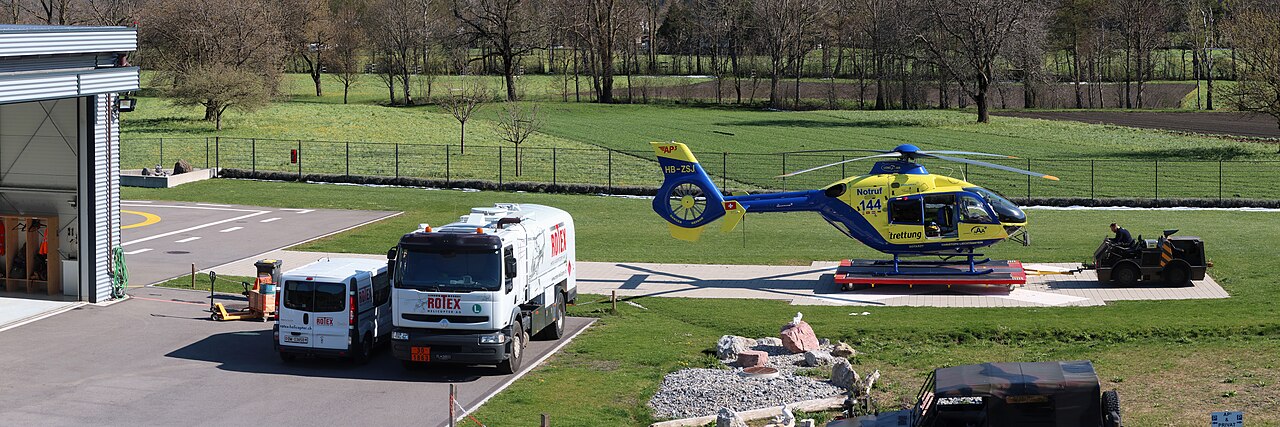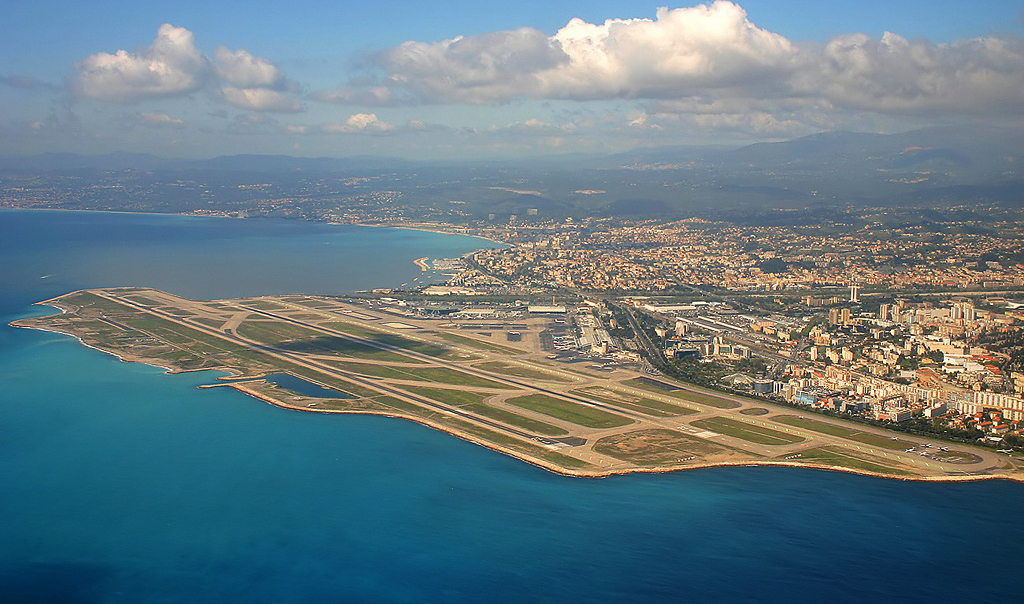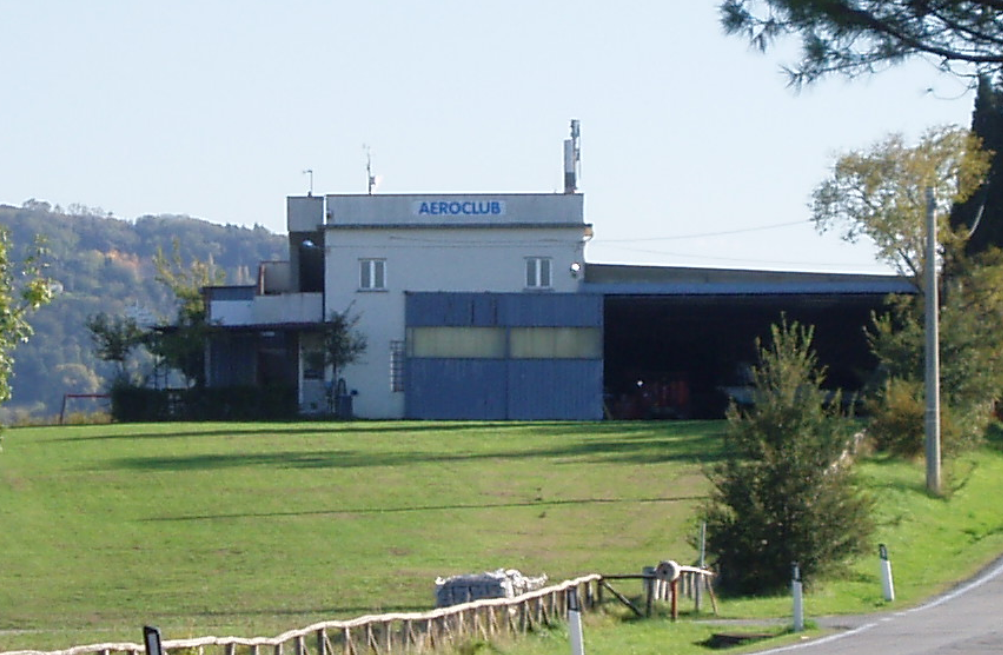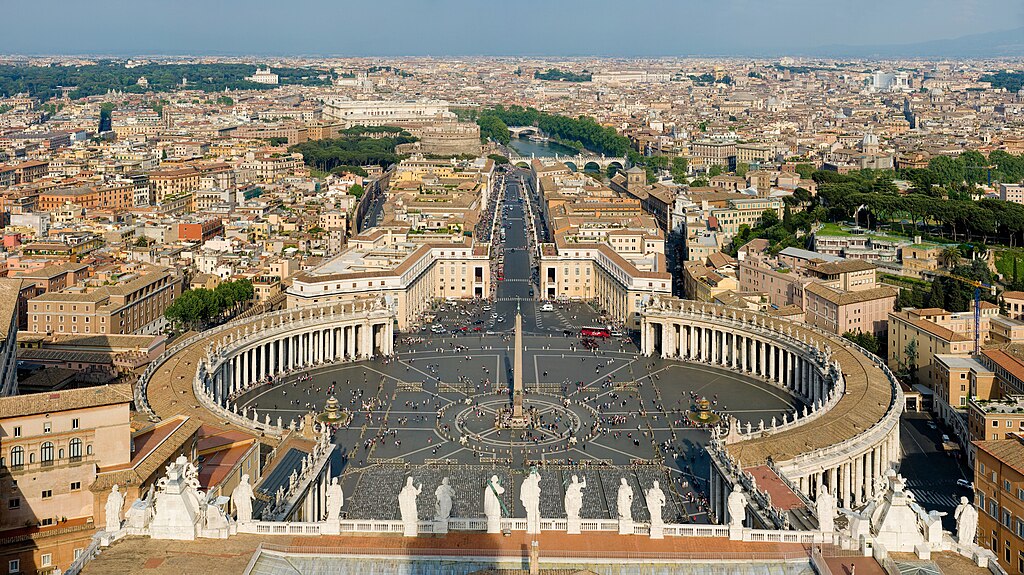Some of the largest airports in the world stretch up to 774 square kilometers. This is almost twice the size of the biggest nation without an airport! The shortest commercial airport in the world, the Juancho E. Irausquin Airport, located on a Caribbean island called Saba, has a width of nearly 400 meters. What is often (wrongly) regarded as the world’s most dangerous airport, Lukla, has a runway that’s merely 600 meters or so.

Photo: Bsk77 | Wikimedia Commons
In comparison, the smallest nation in the world is only a kilometer across, even at its widest. Could a country like that even have an airport? Apart from a lack of space, what are the other factors that dictate which countries have an airport? And which are these five nations without an airstrip? Let’s find out.
Andorra
Andorra has the curious distinction of being the largest nation in the world without an airport. Despite this inaccessibility through air transport, more than eight million visitors come to this landlocked country in the Iberian Peninsula. One of the major reasons that there are so many tourists visiting this nation is its rugged, mountainous landscape—the very geographical impediments to the construction of an airport.

Photo: Tiia Monto | Wikimedia Commons
The closest airport to Andorra is Andorra-La Seu d’Urgell (LEU), which is approximately half an hour’s drive from the capital and main town of Andorra la Vella.
But Andorra does want an airport of its own
The Andorra Chamber of Commerce and Industry has set its sights on operating an international airport near Pas-de-la-Case. Projections have it that around 500,000 passengers could be traveling in and out of the airport each year. If the project does come to fruition, we could have an airport at an altitude of 2000 meters- one of the highest in Europe. It could also operate at a radius of 6000 kilomeetrs with operations of Airbus A320s and Boeing 737s.

Photo: Krzysztof Golik | Wikimedia Commons
The Andorra Chamber of Commerce has been quoted to have said:
“The stagnation that the economy has been showing in recent years, especially since 2017 and the sharp fall in activity throughout 2020 due to the health crisis, show the exhaustion of the current economic model, the excessive dependence on local tourism, the low economic diversification and our fragility in the face of the economic, political and social dependence of neighboring countries….The national airport project [is] the best strategic option and possible lever for change to promote the economic transformation of Andorra and to achieve solid and sustainable economic growth…”
The Heliports of Andorra
The major heliport in Andorra is the Andorra la Vella Heliport, which has the IATA code “ALV”. One can’t have scheduled passenger flights to ALV, though one can book taxi flights from the two countries that surround Andorra: Spain and France.

Photo: Walmaul | Wikimedia Commons
One of the other two heliports in Andorra is located in La Massana- a parish in the northwest of the nation. This heliport is known as the Heliport Terra Guindaldes. The other heliport is located in Arsinal, a village that is half an hour’s ride from the Spanish border.
Liechtenstein
With an area of only 160 square kilometers, Liechtenstein is the sixth smallest country in the world. As it is surrounded by nations such as Switzerland and Austria, which are well connected through air travel, this landlocked country can be accessible by the airports that surround it.

Photo: Kecko | Wikimedia Commons
The largest airport near Liechenstein is the Zurich Airport in Switzerland while there are also small airports such as St. Gallen Airport and Friedrichschafen Airport nearby. In a village to the east of the river Rhine, Liechtenstein houses a village called Blazers, which has a heliport.
Monaco
Monaco, a small city-state on the French Riviera, has an area of around 2 square kilometers and houses approximately 19,000 people. Despite attracting a lot of tourists with major events such as the Monaco Grand Prix and the Monte-Carlo International Circus Festival, this nation, situated between the Mediterranean and the Marine Alps, has no airports.
The nearest airport to this second-smallest nation in the world is the Nice Côte d’Azur International Airport. If you were to type “Monaco Airport” on the Internet, it would show results for this airport, which connects passengers to more than 86 countries.

The Heliport of Monaco
The only aviation facility in Monaco, the Héliport de Monaco, is adjacent to the Mediterranean Sea. The heliport lies in Fontvieille, the southernmost part of the Principality of Monaco. Its flights are exclusive to Nice Côte d’Azur International Airport.

Photo: Lafrance | Wikimedia Commons
San Marino
San Marino—one of the oldest republics in the world, renowned for its three Towers of San Marino and celebrating the Feast of Saint Marinus—is nestled amidst and around Mount Titano. The country is the fifth-smallest in the world and has an area of 66 square kilometers. Though this area is more than a hundred times larger than the area of the smallest nation, it is approximately ten times smaller than the largest airport in the world.
Why San Marino has no airport?
One of the closest airports to San Marino is the Frederico Fellini Airport in Rimini, Italy. It is a mere 9 miles away from this country, which is also accessible from airports in Florence, Bologna, Venice, and Pisa. San Marino has an extensive road network that makes the places inside it well-connected. It does have an aerodrome, though.

Photo: Giancy | Wikimedia Commons
The aerodrome in San Marino
Tucked within Torraacia is the Torracia airstrip, which has a grass runway of 680 meters (2,230 feet). It only sees. The flight activity in this aerodrome is regulated by the Authority for Civil Aviation and Maritime Navigation. Apart from pilots, Torracia Airstrip sees a few activities of general aviation that include:
- A few specific sports related to flying.
- Social and cultural aviation events
- Tourist flights on two-seater and four-seater aircraft.
San Marino Aeroclub also makes special flights for disabled children in initiatives such as “free the wings”. On such an occasion, the club expressed its objectives:
“that physical impediments do not always constitute an insurmountable obstacle to freeing one’s wings”.
There used to be a heliport in San Marino but it was closed down in 1969.
Vatican City
Vatican City, an independent country tucked into the heart of Rome and a spiritual and administrative center of the Roman Catholic Church, is one of the places anyone shouldn’t miss out on in Italy.

Photo: Diliff | Wikimedia Commons
Besides the glory of St. Peter’s Basilica and the Vatican Museums, the library in this smallest country in the world has an impressive collection of manuscripts and historical documents. It is also home to ancient art collections and its art, history, and spirituality. But despite these impressive feats, Vatican City has no airports.
Why does Vatican City have no airports?
Vatican City relies on Rome Airport for international travel, and its paucity of mechanical transport makes it a pedestrian-friendly urban landscape. The Vatican City has an area of 0.44 square kilometers. If you were to imagine the country to be perfectly spheroid in shape, it would have a diameter of merely 1.2 kilometers. It is almost twice the length of what is dubbed the most dangerous airport in the world, i.e., Lukla Airport, which has a runway of approximately 520 meters. Airports like Lukla are known as Short Take off and Landing (STOL) Airports that can accommodate only small passenger planes.
So what are the alternatives to travel to the Vatican by air?
For reasons mentioned above, the very geography of Vatican City makes it extremely difficult to run (big) passenger) aircraft without disrupting the cultural fabric of this place. The closest airports to the Vatican City are Ciampino–G. B. Pastine International Airport and Leonardo da Vinci–Fiumicino Airport- both of which serve Rome.

Vatican City does have a heliport that is 25 meters long and 17 meters wide, though. This heliport, located at the westernmost part of the country, is used for medical emergencies.
The heliport was constructed in 1976 and was used when members of the Vatican Church had to travel without disrupting road transportation. However, in 2015, it was agreed that the heliport would be used to transport medical supplies and serve children in Ospedale Pediatrico Bambino Gesù (Baby Jesus Paediatric Hospital). When such an agreement was made, Mariella Enoc, the president of the children’s hospital, said:
“ It is an important gesture of charity that responds to a basic health need: the physical proximity between the Vatican City State and our seat on the Janiculum Hill, in fact, will significantly shorten transport times, contributing in many cases to saving the lives of children… the many young patients from all over Italy, who unfortunately need urgently to reach our hospital.”
Conclusion
France recently passed a law that forbade flights to and from places that could be accessible in less than two hours and 40 minutes by train. This was amidst a wider movement to cut the emissions from the aviation industry; in light of such concerns, it might be useful for nations as small as Vatican or Monaco not to build airports. But nations as large as Andorra, and which have seen difficulty in the transportation of goods in its complex typography, might want to have airports and not simply heliports or aerodromes. So it will be interesting to see if the nations in this list will be perennially without airports. Perhaps a boom in electric eVTOL systems might change the landscape of aviation in these nations.
